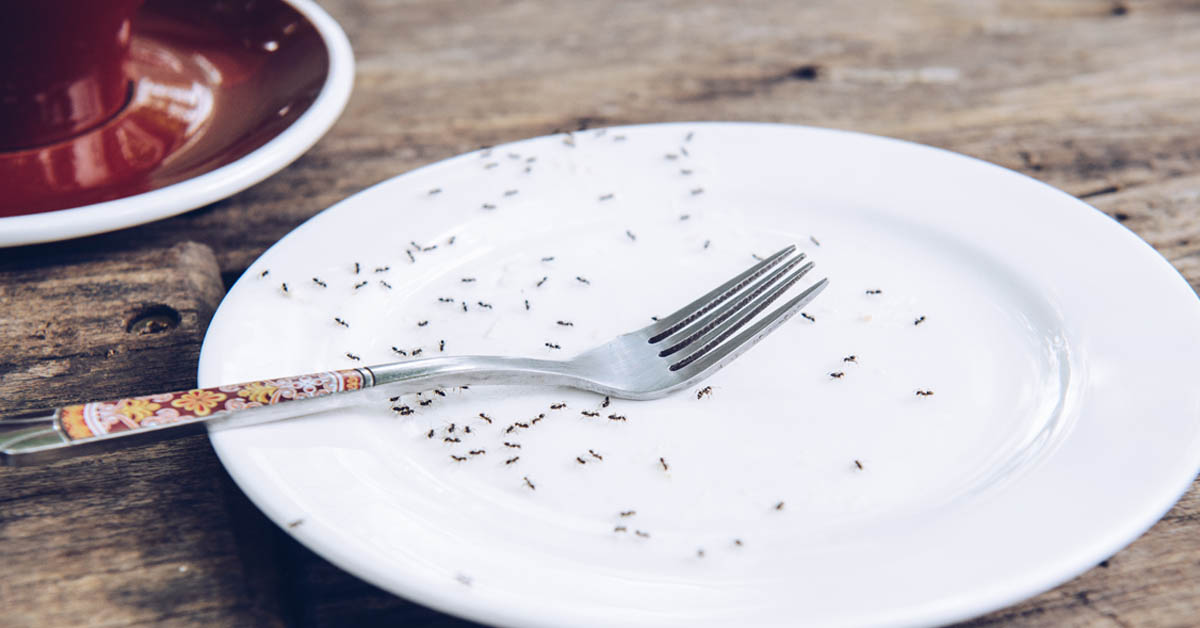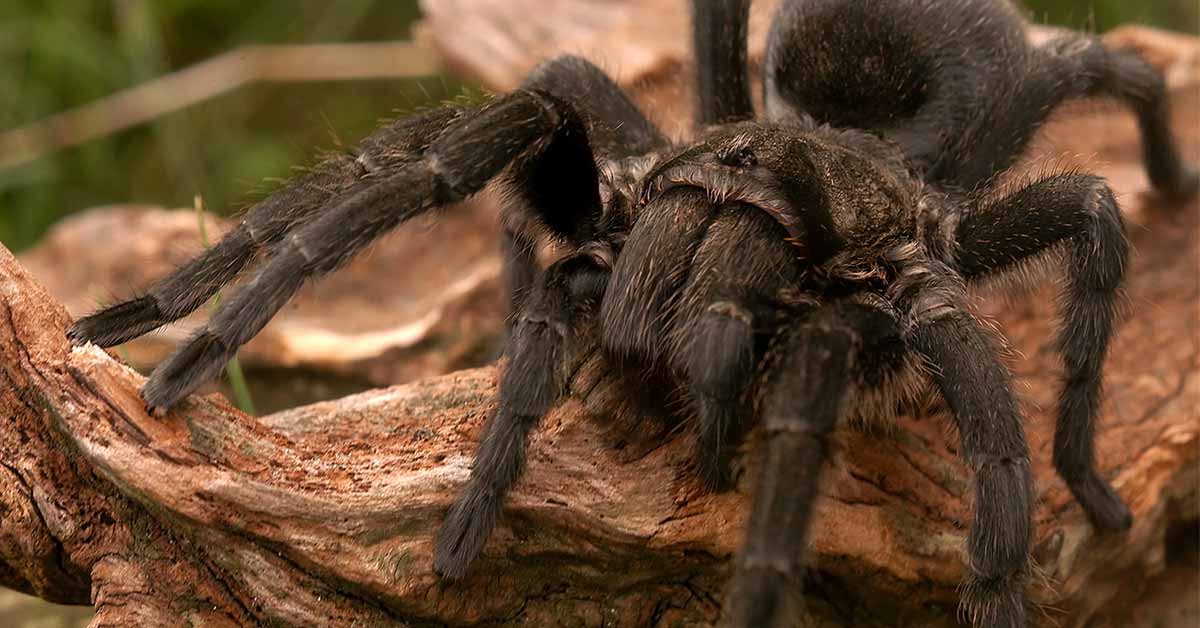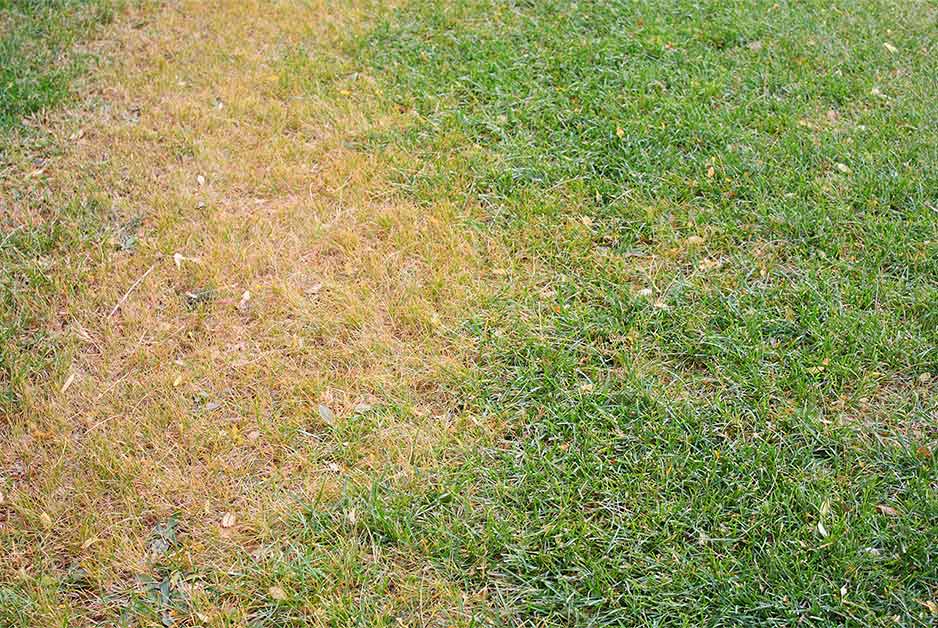How to Kill and Prevent Ants in Your House and Yard
How to Kill and Prevent Ants in Your House and Yard
Ants are one of the world's most common insects. You can find more than 450 species in North America alone.1 Only a small percentage of those species cause problems for homeowners, but that's no consolation when you're the one with ants in your house. If invading ants disrupt your dwelling and your family, prompt action can turn the situation around. By taking these steps to kill and prevent ants in your house and yard, you can reclaim your peace of mind and your home:
1. Understand ants and their habits
2. Choose the best ant controls
6. Prevent ants from returning
1. Understand ants and their habits
With so many ant species on the loose, identifying these relatively small creatures can be challenging. But proper identification of problem ants helps give you the upper hand. While wood-damaging pests, such as carpenter ants call for special treatment, most of the common ant culprits in your home and garden fall into two classes: sweet-eating and grease-eating.
Sweet-eating ants, also known as sugar ants, prefer sweet, sugary foods. Indoors, you may find them in cupboards where you store honey, jellies or sweetened cereals. Grease-eating ants, also known as fat-eating ants, prefer oils, grease, nut butters and meats. But beware — these pests will eat almost anything, including sweets. Once foraging ants find a food source, they create a trail of scent for others to follow.
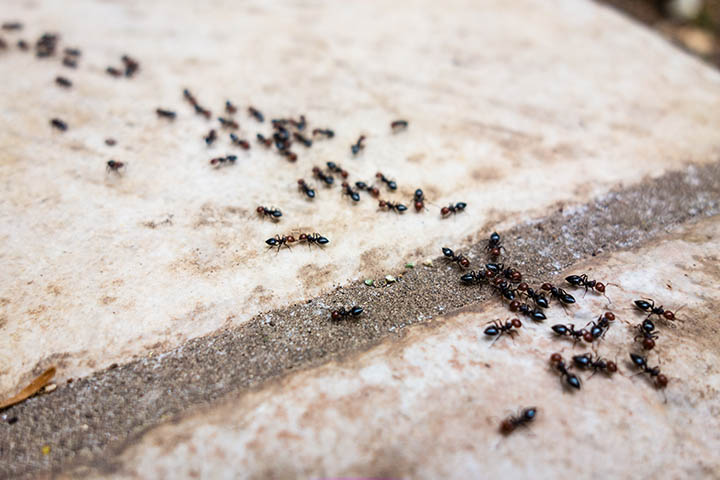
2. Choose the best ant controls
Ants are social insects that live together in large colonies. The ants you normally see in your home and landscape are worker ants sent out to forage for food. Then they take that food back to the colony to feed their queen and other colony members. When you kill foraging ants with contact-kill sprays or similar products a few ants die, but the untouched colony simply sends new workers out to take their place.
Premium ant baits, like those from Amdro® brand, work differently: Ants think the bait is food and take it back to the colony, where it's eventually shared with all. The entire colony, including queen and workers, dies. With effective bait products, you kill ants you see and ants you don't see.
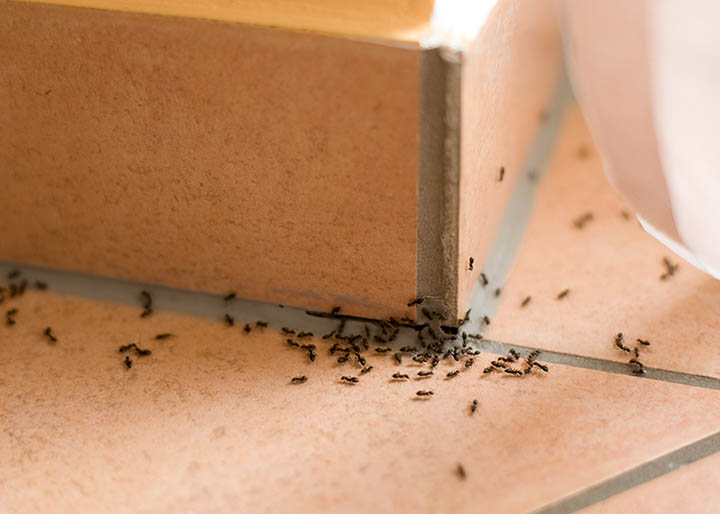
3. Get rid of ants indoors
Once you understand what you're up against, you can kill indoor ants and regain control. Place the bait stations near areas of your home where you've seen ants traveling and feeding. Paths along kitchen baseboards and countertops, cabinets and corners, and under sinks or near plumbing fixtures are all prime spots.
Amdro Ant Killer Bait Stations and Amdro Ant Killer Bait Stakes kill grease-eating and sweet-eating ants* alike. The specially designed dual-action formula in these products starts working immediately to attract and kill problem ants* and kill their colonies. Place the stations next to ant * trails, behind appliances, on counters, in cupboards and under sinks.
Regardless of the type of indoor bait you use, always place bait stations or stakes in areas where kids and pets can't reach them. For continuing protection, replace the bait every three to six months or when ants empty the station, whichever comes first.
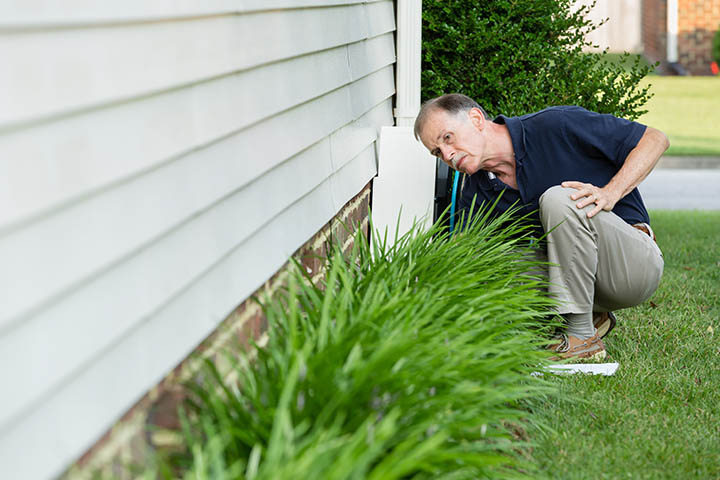
4. Get rid of ants outside
Most home-invading ants don't nest indoors. They live in outdoor colonies and come inside in search of moisture and food. You can control many household ant problems by killing ants outdoors — before they come inside. Inspect your home's perimeter for signs of ant trails and foundation cracks or crevices where they might enter your home.
Dual-action Amdro® Ant Killer for Outdoor Home Perimeter attracts and kills 25 ant species and kills their colonies.
Treat individual ant mounds according to label instructions by applying the bait granules directly onto and around the mounds. Give extra attention to visible ant trails as well as areas near cracks and crevices where ants might enter. Supplement your perimeter treatment with Amdro Ant Killer Bait Stations and Amdro Ant Killer Bait Stakes, especially near entry points, doorways, building corners and near container plants.
5. Tweak your ant treatment
If you're accustomed to non-bait, contact-kill products, it can seem like bait isn't working when it is. Depending on the bait and the ants involved, some ants die quickly, but whole colonies take longer to die. That extra time is a good thing. If worker ants died immediately, the bait wouldn't get back to the colony. The queen would survive and so would your ant problem.
- If you don't see results, these tips can help you tweak your approach:
- Make sure you've removed ant food and water sources in your home.
- Keep food prep and cooking areas free of grease, dirty dishes and drippy faucets or leaks.
- Make sure bait is where the ants are. Target their trails and feeding spots.
- Don't use strong chemicals near your bait. The smell may repel ants.
- Keep your bait stations filled or replaced until ants disappear.
6. Prevent ants from returning
Once you've killed ants in your home, stay focused on stopping these pests before they come inside. Be proactive and prevent repeat indoor performances with regular outdoor treatments and a watchful eye. If new ants appear in outdoor areas, treat your home and your perimeter promptly. Let indoor bait stations provide protection continuously.
Keep your landscape and foundation areas free of decaying leaves and other garden debris where ants may nest or feed, and repair foundation cracks and crevices that allow entry. Then stay connected to Amdro brand with our email newsletter and expert online resources to help you protect your home and family from invading ants and other household pests.
* Excludes carpenter, fire, harvester and pharaoh ants.
Amdro and Amdro Kills Ants are trademarks of Central Garden & Pet Company.
References:
1. Richard M. Houseman, "Ants," University of Missouri Extension, Nov. 2008

